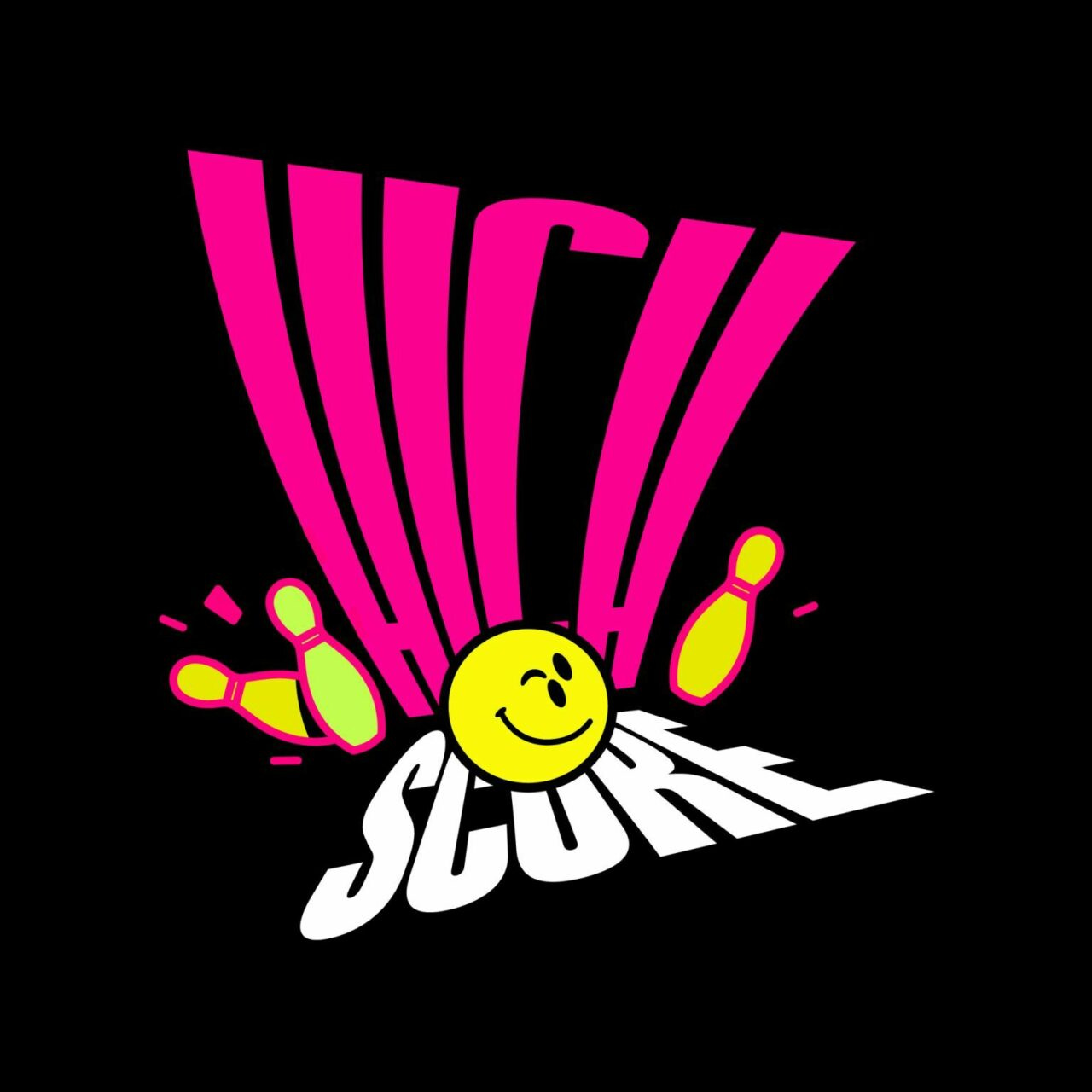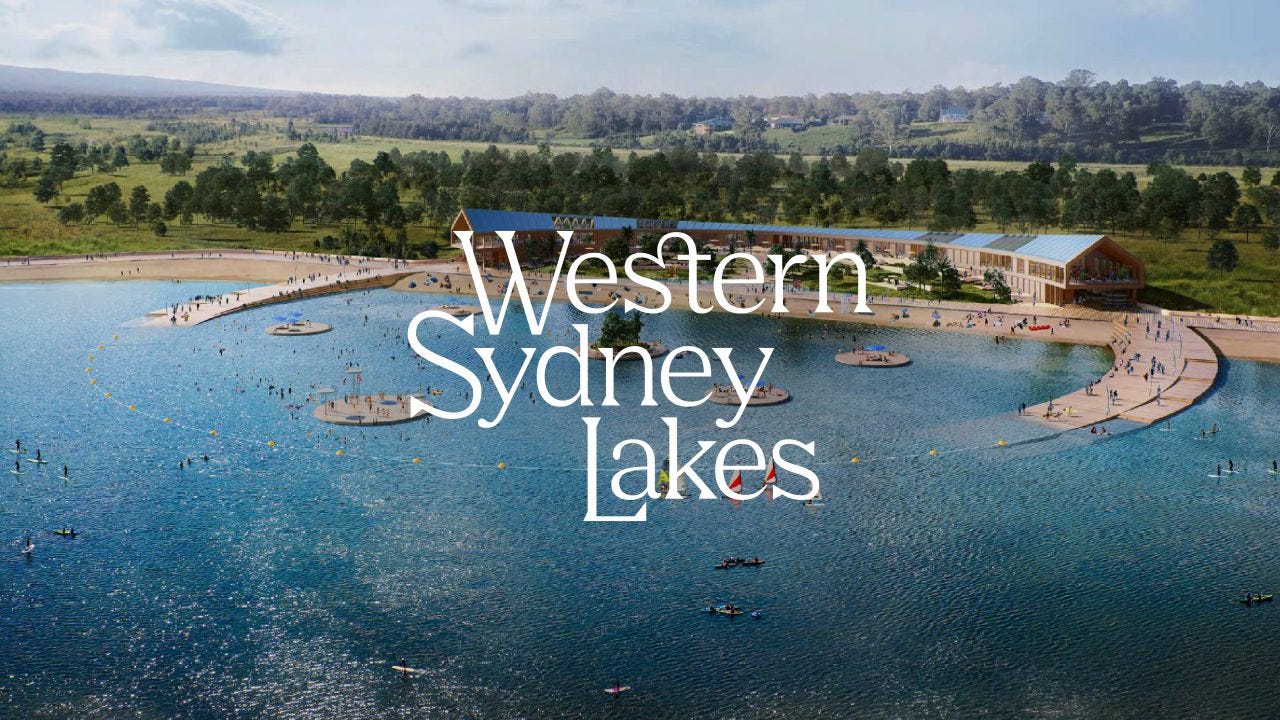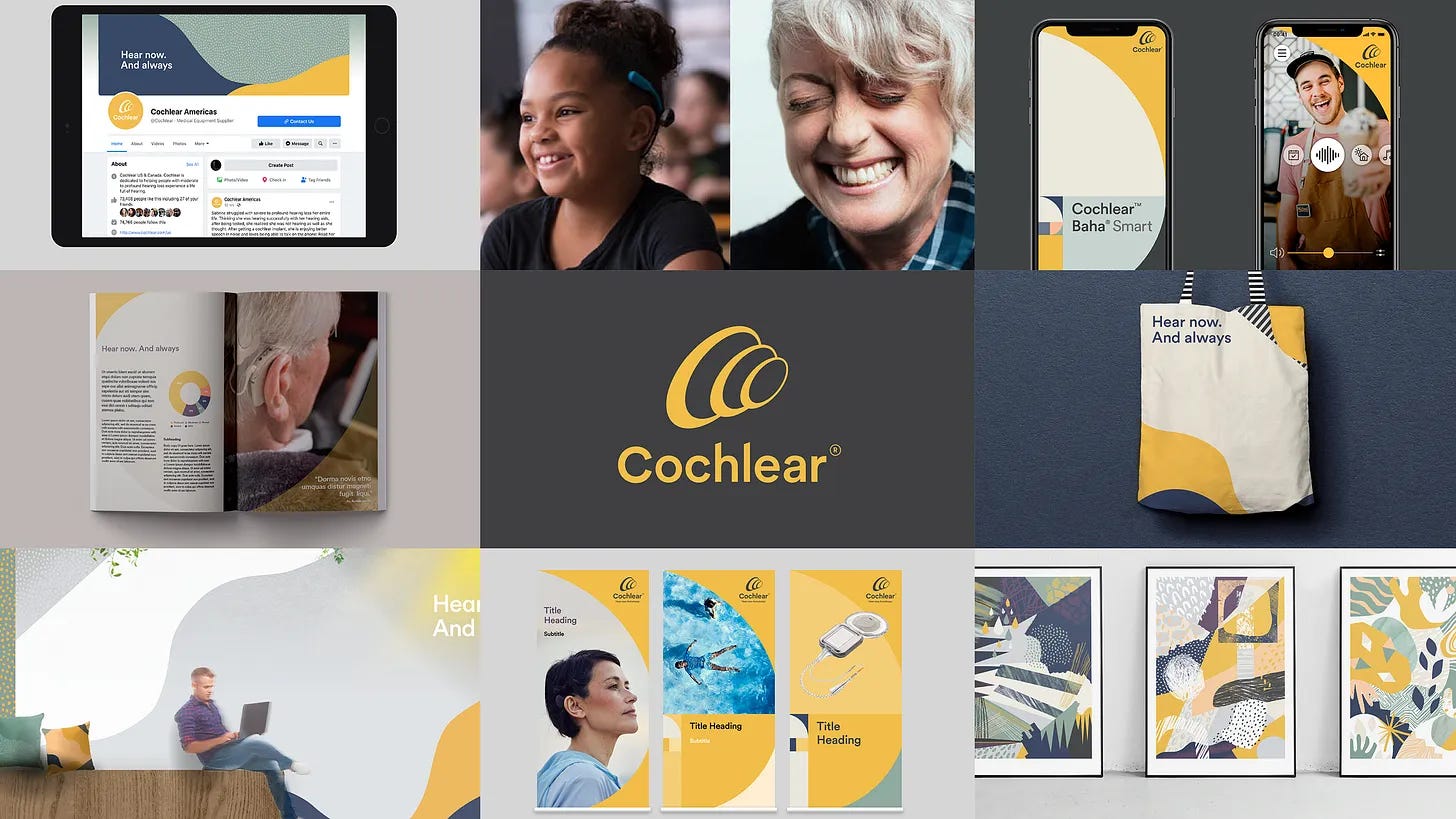FutureBrand news, views & insights: February 2023
Fun times :)
Welcome back.
Before 2022 becomes a long-forgotten feeling and I can fully embrace the novelty of a new year, I wanted to share a story following our last new business pitch of last year.
Spoiler alert. We lost the pitch. Hardly the ideal end to the year. But also not the end of the world, if only because the pitch process did reveal something that I think could have an even bigger impact on our business.
The process required references which our clients duly provided – I’m not privy to what those clients said, but two of them did write to me afterwards with these reflections of their own.
One wrote this:
“A pleasant half-hour which recalled all the enjoyment of working with you, and our continued pride in the work we did together.”
And the other this:
“As challenging as our stakeholders were, it really was such a fun project!”
I’m not sure we ever intentionally set out to create “enjoyment” and “fun” as part of any business strategy, client relationship or branding project of ours. Perhaps being seen to have too much fun risks seeming as though we're not taking our work seriously, when the opposite can in fact be true. Either way, it’s true to say I do have a lot of fun at work – and I daresay the same goes for all of the FutureBrand team too.
So here’s to having lots more fun in 2023.
Welcome to Funlab!
When it comes to having fun at work, there are few better places to start than Funlab – home to a range of immersive brand experiences that include Strike, Holey Moley, Hijinx Hotel, La Di Darts, Archie Brothers and more.
Fresh from helping to rebrand Funlab, we’re looking forward to building on the platform set by the new brand strategy, identity and experience to support more effective customer acquisition and drive cross-selling initiatives.
In the words of Funlab CMO Oonagh Flanagan:
“Funlab started more than 20 years ago in Melbourne and has grown to what it is today: Australasia’s largest fun provider via eight experience brands and 38 locations. We needed a masterbrand strategy, identity and experience that not only celebrates our infectious philosophy of fun, but also puts our people at the centre of everything we do and establishes the platform for our significant expansion plans.”
Here’s the case study if you’re interested to learn more, or you can always book into their newest experience – Hijinx Hotel – to find out what all the fun’s about!
Diving into new experiences
Exploring new places and spaces is part and parcel of our approach at FutureBrand – and the project to create the new brand for Western Sydney Lakes has been no exception.
Western Sydney Lakes will be a waterfront leisure, lifestyle, recreation and business destination spanning 2,000 hectares of lakes, wetlands and grasslands on the banks of the Nepean River at the foot of the Blue Mountains.
Due to open in time for the opening of Western Sydney International Airport, the land is steeped in indigenous connection and colonial history, as well as being a quarry supporting Sydney’s housing and infrastructure projects for generations. The site has been transformed through the extensive work done on landscape regeneration, ecosystem rehabilitation and biodiversity rejuvenation.
Suffice to say, it’s different. By nature.
You can read more about the project in this news story, and there will be a full case study coming soon.
Time for a transformation
Following our work with Cochlear to transform their brand, CMO published this interview with Kirsten Impey, Cochlear Global Director, Corporate Communications, Awareness & Brand, on the brand transformation process and its impact on the organisation at large.
If you’re thinking about your own brand, its potential evolution and impact, this interview offers an insightful, behind-the-scenes perspective on what’s involved and the business benefits.
Here’s a quick snapshot:
“It’s really helped provide direction in the organisation. With our planning, the architecture gives us the structure we need and decisions are easier. We're not debating things because there are clear roles, we know where our products and sub-brands fit and we have a clear messaging hierarchy in the matrix. It’s also helped with the language across all of the marketing efforts and it’s helping deliver value to the business in a much more meaningful way.”
If you’d like to learn more, feel free to email me and I can share the full case study (or perhaps even introduce you to to Kirsten herself if there’s anything specific you’d love to know).
Brands. Transformed
2022 did end on a high note after winning the Grand Prix at Transform Awards for Asian Football Confederation and scoring 3 Golds in the strategy, sport and healthcare categories.
Our brief from the Asian Football Confederation (AFC) and Football Marketing Asia (FMA) was to create a branding ecosystem and connected portfolio of compelling brand identities for major AFC men’s, women’s and youth competitions that would elevate these competitions onto the world-stage while incorporating distinct and uniquely Asian characteristics, enticing fans to connect more deeply with AFC football.
The new branding has contributed to 14% market growth and 104m new fans across Asia – in the words of the editor of Transform Magazine:
“This work for the Asian Football Confederation is a masterclass in sport branding. The governing body for football in Asia represents 47 countries across a mind-boggling geographic and cultural divide. And the brand had to not only reinvent what had typically been represented by tournament trophies and logos, but also provide a sense of renewed cultural relevance for Asian football itself.”
What’s more, we won Gold for our work with Innowell – a digital mental health platform designed to open up access to mental health care for millions of people (including our own team here at FutureBrand).
Branding winners & losers?
To close out 2022, Mumbrella asked me to reflect on the year’s biggest winners and losers and I chose Kia and Twitter respectively.
Here’s what I had to say…
First, Kia.
Though the rebrand officially launched in January 2021, supply chain issues meant that the newly-badged Kia cars didn’t get out on the road in significant numbers until earlier this year.
One of the most exciting rebrands of the year actually happened last year.
As far back as January 2021, Kia launched their new brand – including a new logo – but supply chain issues meant that we didn’t see newly-badged Kia cars on the road in significant numbers until earlier this year.
It’s a classic rebrand in so far as Kia had redesigned its new cars in ways that meant their old brand was no longer fit for purpose. The old brand was not going to get them to where they needed to go, and so the new logo is not merely a change of symbol but more so a symbol of change.
A change of strategy. A change of positioning. A change of product design. And, a change of brand experience.
While brand recognition might have dipped to 26% immediately after the launch – something that’s to be expected when you make a change as profound as Kia did – it was back up to 78% within a matter of months and still growing.
But the ultimate test of any rebrand is sales: the new brand has accelerated Kia’s new car sales by 14.5% and moved the brand from the fifth to the third most popular car brand in Australia.
Then, Twitter.
How do you even start to explain what has happened to Twitter as a business and its implications for the brand? Negative associations abound, whether it’s the loose content moderation and the risks presented to brand safety, or indeed the loose business strategy and the risks presented by Elon Musk himself.
If we look into the data, we know from the FutureBrand Index how ‘trust’ is now the number one driver for why people might want to work for or buy from a brand.
Trust has always played an important role in brand-building, but it’s never been more important in this world of instability and uncertainty. Consequently, it seems as though the more Musk injects his own brand of leadership based on his trademark unpredictability, the more he risks eroding trust in the very brand he’s trying to build.
If there’s anything to be taken from the experience so far, it’s proof that a brand ‘is’ what a brand ‘does’.
That will certainly be the defining factor for Twitter, as it is for any brand: because brands are created with purpose, but they are ultimately defined by the experience.
I hope that provides some interesting perspectives and insights to apply to your own brand – and helps guide any conversations you may be having on brand transformation for business growth.
That’s it for the end of last year and start of this one. Hope you enjoy reading! As ever, I’m be happy to hear all and any feedback, so please do comment, subscribe and share, and I look forward to seeing you in 2023.











